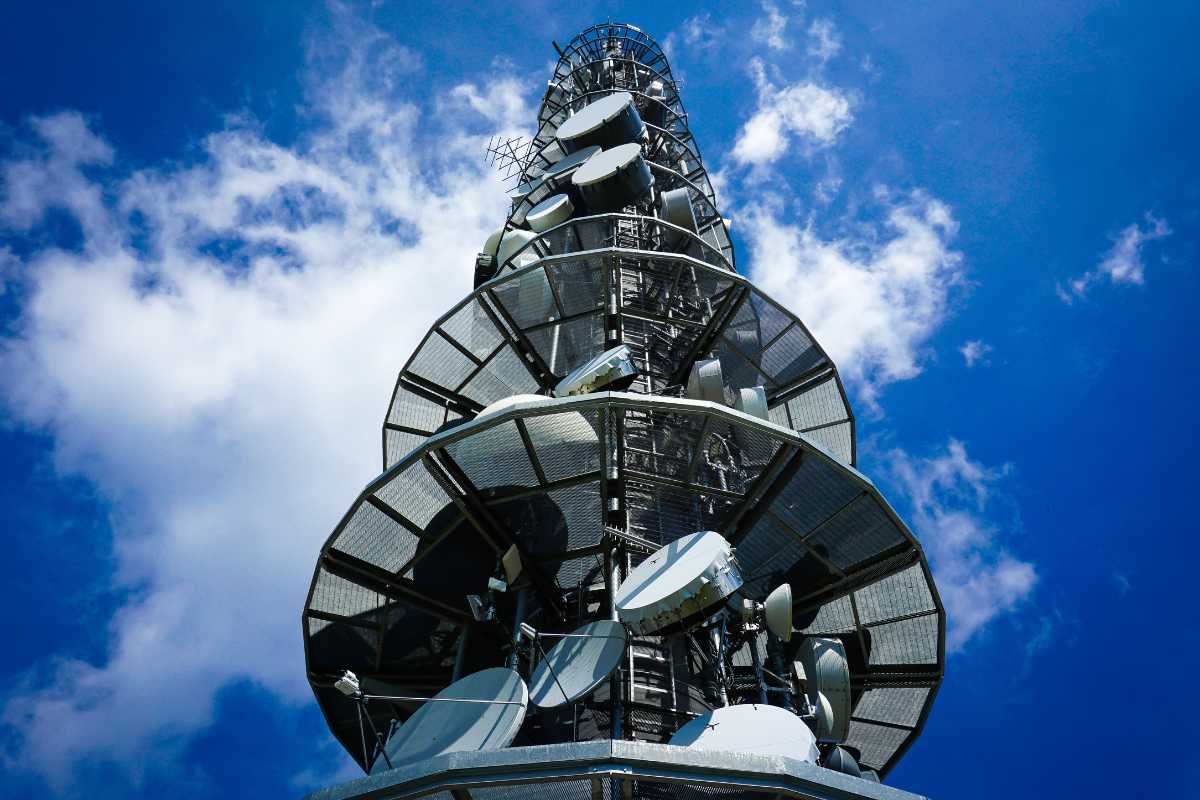Reliance Communications have been under heavy distress because of the cash-crunch and bankruptcy situation. Back on Tuesday, the shares of Reliance Communication hit the lower circuit after DoT refused to renew its license. In the latest development, the lenders of Reliance Communications have formed a group led by the State Bank of India (SBI) to hold discussions with resolution professional Deloitte on discussing whether rebidding for bankrupt’s telco assets is a viable option. As reported by ET Telecom, lenders of Reliance Communications are worried that RBI might not permit asset reconstruction firm UVARCL to purchase spectrum and other assets of Reliance Communications under a resolution plan.
UVARCL is Expected to Pick RCom’s Spectrum for Rs 12,760 Crores
The committee of Reliance Communications creditors cleared the resolution plan back in March 2020, hoping that UVARCL would buy all the assets, including spectrum under Rcom and Reliance Telecom and a Reliance Jio unit the company’s towers placed under Reliance Infratel. Even though NCLT has cleared the tower sale to Jio, it has not cleared the transfer of assets to UVARCL. The delay in the sale of assets, including the spectrum, is rapidly decreasing the value of assets. It is expected that UVARCL will pick RCom’s Spectrum for Rs 12,760 crore, with the total recovery expected to be around Rs 23,000 crore against the claim of Rs 57,382 crore.
Reliance Communications Has a Debt of Rs 46,000 Crore with 53 Financial Creditors
Nakul Sachdeva, who is a partner at L&L Partners, stated that since the Infratel plan has been approved by the concerned Adjudicating Authority (NCLT), the RCom’s creditors being a stakeholder is bound by approval order. He also stated that if the tower resolution plan is not being implemented, the CoC can take action against the resolution applicant (RA). Not only this, but it can seek relief from the NCLT to conduct new voting or call for other resolution plans. If you are not aware, Reliance Communications has a debt of Rs 46,000 crore with over more than 53 financial creditors, including foreign and local banks, non-banking financial companies, funds and more.
